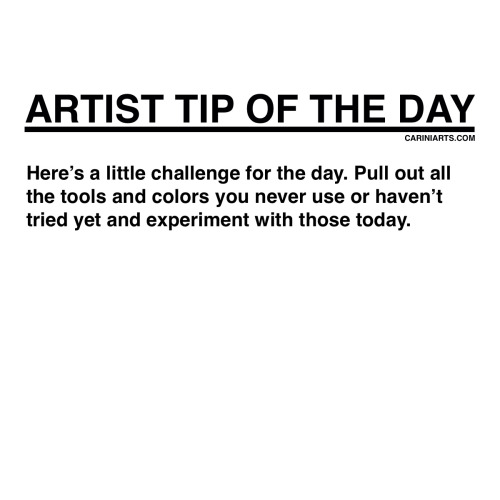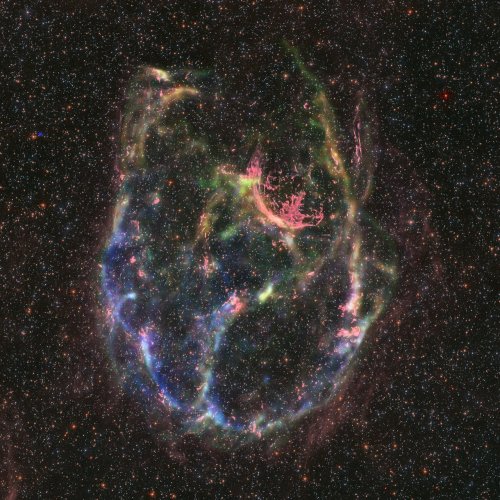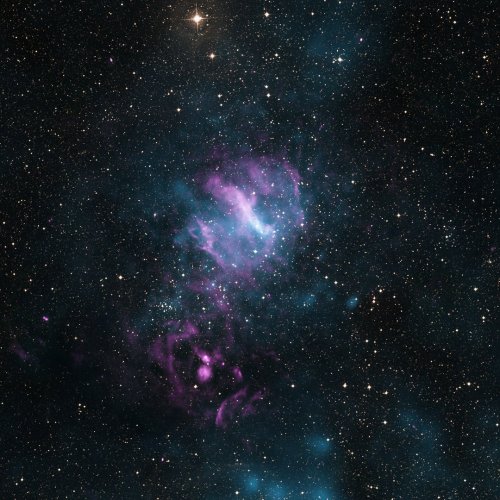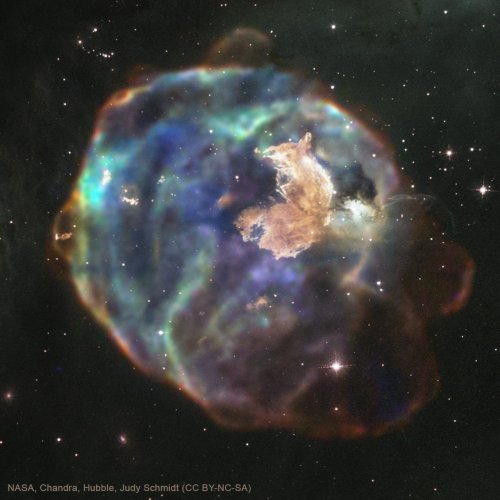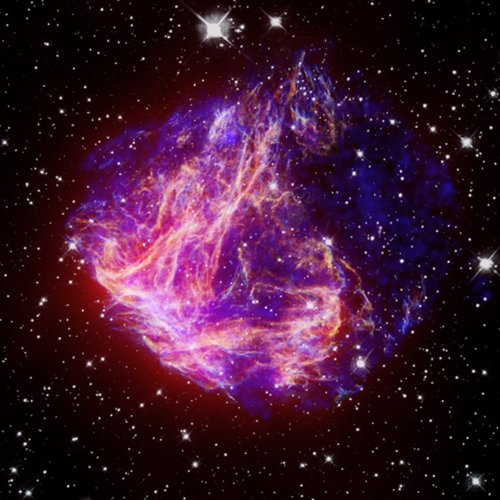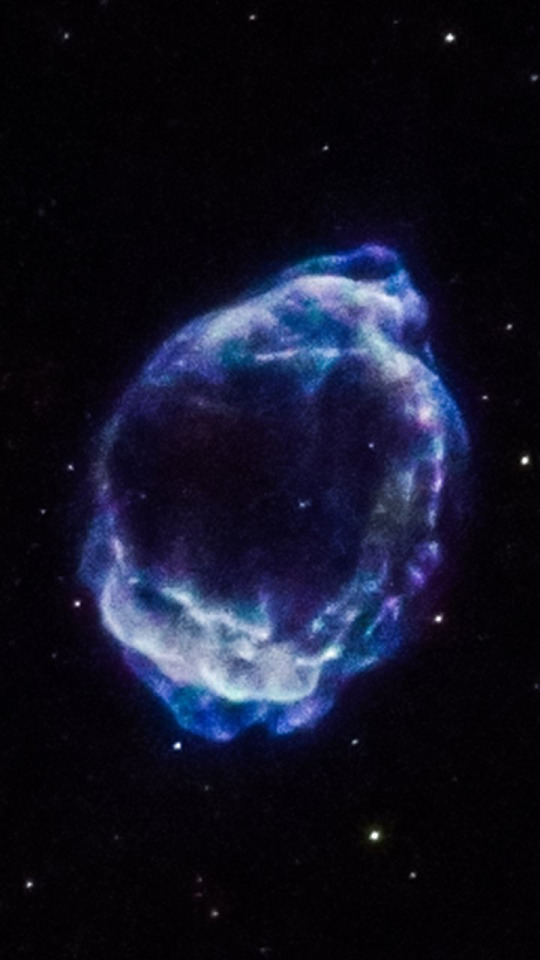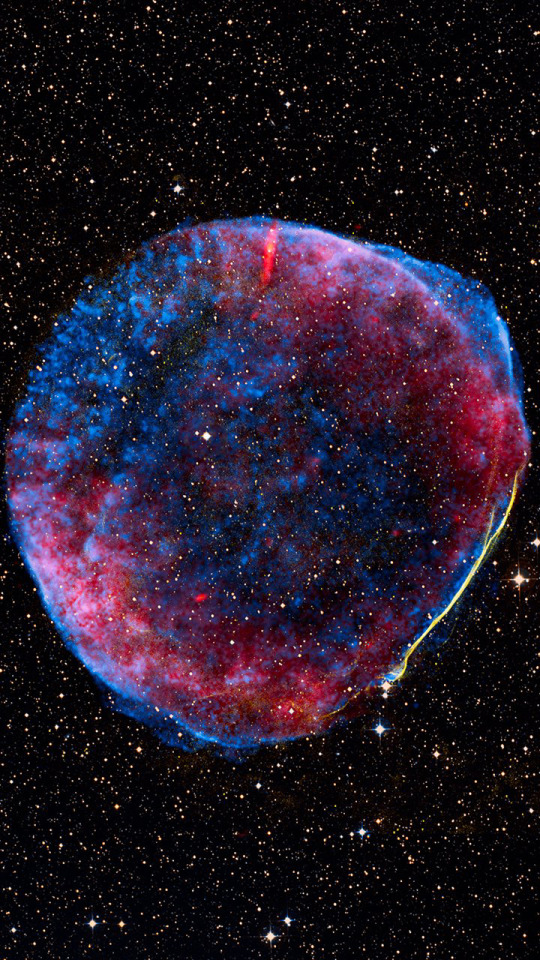[ Download Link ]
![[ Download Link ]](https://64.media.tumblr.com/5f429d178bb1fe4870a8c6931415c38e/1c195b3b919b6bc0-22/s500x750/9f3e89788ae15eab900a39fc63f99bd7a543868d.jpg)
![[ Download Link ]](https://64.media.tumblr.com/6dd33d9a47c84fae4004c3891a069032/1c195b3b919b6bc0-70/s500x750/7a350518ca98cd34cd6e5fa9cd463fb933dbcf11.jpg)
![[ Download Link ]](https://64.media.tumblr.com/c6bcee52d8e78ba0e31e786b91f81fc1/1c195b3b919b6bc0-03/s500x750/735d52cfd62421cf43e46a8a710f76dad2c52707.jpg)
![[ Download Link ]](https://64.media.tumblr.com/87c3f0ff1da8e8a917485898808bd63b/1c195b3b919b6bc0-64/s500x750/62e90c66492ac189a3325bbd25965dd635cc65b7.jpg)
![[ Download Link ]](https://64.media.tumblr.com/133564050990bca016611a68fa71a2de/1c195b3b919b6bc0-c1/s500x750/87ea85696f416c49b91f8f64754306f4208b6726.jpg)
![[ Download Link ]](https://64.media.tumblr.com/9a2582c5d3abc3f5cf6ce4587482f493/1c195b3b919b6bc0-c5/s500x750/19c8f03ee111f028acd365ae95b24a04a72e60d9.png)
[ Download Link ]
As promised, it’s finally here! Thank you to all of my patrons for not only the support that made this possible, but for giving me the confidence to work on a big project like this.
Rather than providing any drawing instruction, what this writeup aims to do is help you learn to unpack the decisions being made in a given composition, and articulate what elements in a piece are responsible for its impact. Being able to isolate these qualities in your own art and art that inspires you opens up avenues for improvement regardless of medium, style, or technical skill. This is the first of hopefully many PWYW art ‘tutorials’ from me.
I hope you all enjoy!
More Posts from Donutdomain and Others

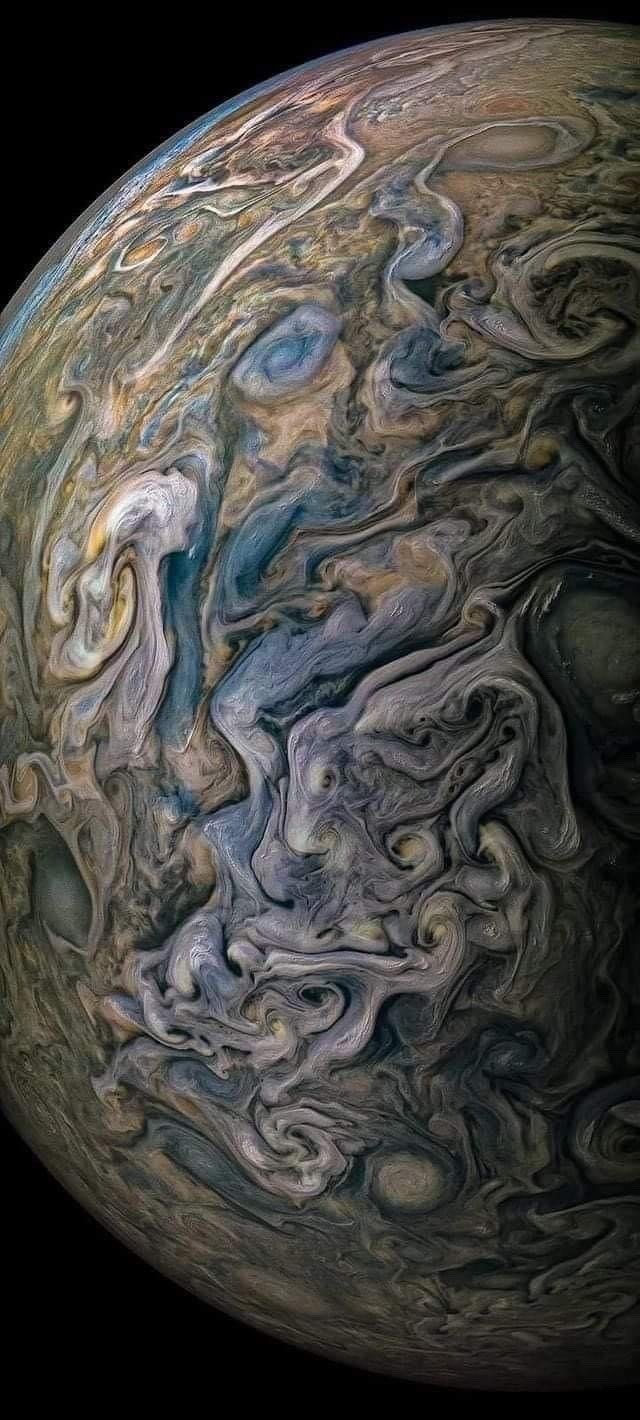



The Clearest Images of Jupiter ever taken
These beautifully real images are some of the closest images of Jupiter. Jupiter is the fifth planet from the Sun and the largest in the Solar System. It is a gas giant with a mass more than two and a half times that of all the other planets in the Solar System combined, but slightly less than one-thousandth the mass of the Sun. The original image was captured by JunoCam, the camera on NASA's Juno mission in orbit around Jupiter. This image was taken on Juno's 22nd close pass by Jupiter on Sept. 12, 2019 with image processing done by Prateek.
📸: NASA's Juno Space Probe / JunoCam

The Cats Eye Nebula in Optical and X-ray : To some it looks like a cat’s eye. To others, perhaps like a giant cosmic conch shell. It is actually one of brightest and most highly detailed planetary nebula known, composed of gas expelled in the brief yet glorious phase near the end of life of a Sun-like star. This nebula’s dying central star may have produced the outer circular concentric shells by shrugging off outer layers in a series of regular convulsions. The formation of the beautiful, complex-yet-symmetric inner structures, however, is not well understood. The featured image is a composite of a digitally sharpened Hubble Space Telescope image with X-ray light captured by the orbiting Chandra Observatory. The exquisite floating space statue spans over half a light-year across. Of course, gazing into this Cat’s Eye, humanity may well be seeing the fate of our sun, destined to enter its own planetary nebula phase of evolution … in about 5 billion years. via NASA
how to hit your guys with the crust rays
a friend of mine was having trouble with a character of hers, he was middle-aged but looked too young, so she came to me for help. i'm something of a middle-aged-man-fan so i whipped up this quick thing to help her out. it might be useful to somebody out there so i'll share it here too!

Random Fact #3,062
The wind on Neptune can blow at speeds of 2,000 km/hour.

The winds causing the Great Dark Spot specifically have been measured to be around 1,127 km/hour.

-
 starrygreenjewel reblogged this · 3 weeks ago
starrygreenjewel reblogged this · 3 weeks ago -
 strife-and-discord reblogged this · 3 weeks ago
strife-and-discord reblogged this · 3 weeks ago -
 reitheist liked this · 3 weeks ago
reitheist liked this · 3 weeks ago -
 tardigrade-tv-reblogs reblogged this · 1 month ago
tardigrade-tv-reblogs reblogged this · 1 month ago -
 tardigradetv liked this · 1 month ago
tardigradetv liked this · 1 month ago -
 crayoncat-works reblogged this · 1 month ago
crayoncat-works reblogged this · 1 month ago -
 radellama reblogged this · 1 month ago
radellama reblogged this · 1 month ago -
 hypermascbishounen reblogged this · 1 month ago
hypermascbishounen reblogged this · 1 month ago -
 hypermascbishounen liked this · 1 month ago
hypermascbishounen liked this · 1 month ago -
 kachimera reblogged this · 1 month ago
kachimera reblogged this · 1 month ago -
 kachimera liked this · 1 month ago
kachimera liked this · 1 month ago -
 clockworkhand reblogged this · 1 month ago
clockworkhand reblogged this · 1 month ago -
 anarchyspider liked this · 1 month ago
anarchyspider liked this · 1 month ago -
 monnshie liked this · 1 month ago
monnshie liked this · 1 month ago -
 helperbot-5000 reblogged this · 1 month ago
helperbot-5000 reblogged this · 1 month ago -
 elswere-1 liked this · 1 month ago
elswere-1 liked this · 1 month ago -
 almondpiglet liked this · 1 month ago
almondpiglet liked this · 1 month ago -
 nochnye-vedmy liked this · 1 month ago
nochnye-vedmy liked this · 1 month ago -
 archive-of-sorts reblogged this · 1 month ago
archive-of-sorts reblogged this · 1 month ago -
 owlinatowel liked this · 1 month ago
owlinatowel liked this · 1 month ago -
 redeye-05 liked this · 1 month ago
redeye-05 liked this · 1 month ago -
 thornhands reblogged this · 2 months ago
thornhands reblogged this · 2 months ago -
 spraycanzjunk liked this · 2 months ago
spraycanzjunk liked this · 2 months ago -
 acf-shrrk liked this · 2 months ago
acf-shrrk liked this · 2 months ago -
 tiredpopcorn liked this · 2 months ago
tiredpopcorn liked this · 2 months ago -
 cleaning-my-stained-glasses reblogged this · 2 months ago
cleaning-my-stained-glasses reblogged this · 2 months ago -
 fuckignorganize reblogged this · 2 months ago
fuckignorganize reblogged this · 2 months ago -
 waitwhatarewedoinghere liked this · 3 months ago
waitwhatarewedoinghere liked this · 3 months ago -
 penguins12 liked this · 3 months ago
penguins12 liked this · 3 months ago -
 bewarethesnallygaster liked this · 3 months ago
bewarethesnallygaster liked this · 3 months ago -
 okaart reblogged this · 3 months ago
okaart reblogged this · 3 months ago -
 gardeniagold reblogged this · 3 months ago
gardeniagold reblogged this · 3 months ago -
 raccobell reblogged this · 3 months ago
raccobell reblogged this · 3 months ago -
 reference-book reblogged this · 3 months ago
reference-book reblogged this · 3 months ago -
 waywurd liked this · 3 months ago
waywurd liked this · 3 months ago -
 eggymints liked this · 3 months ago
eggymints liked this · 3 months ago -
 uncle-sausage reblogged this · 3 months ago
uncle-sausage reblogged this · 3 months ago -
 uncle-sausage liked this · 3 months ago
uncle-sausage liked this · 3 months ago -
 illtakethatroad liked this · 3 months ago
illtakethatroad liked this · 3 months ago -
 chibs-draws reblogged this · 3 months ago
chibs-draws reblogged this · 3 months ago -
 snarlingroses reblogged this · 3 months ago
snarlingroses reblogged this · 3 months ago -
 lilenui liked this · 3 months ago
lilenui liked this · 3 months ago -
 tinypuffballofanger reblogged this · 3 months ago
tinypuffballofanger reblogged this · 3 months ago -
 andreisss001 liked this · 3 months ago
andreisss001 liked this · 3 months ago -
 fearoffun liked this · 3 months ago
fearoffun liked this · 3 months ago -
 braindamagelesbian liked this · 3 months ago
braindamagelesbian liked this · 3 months ago -
 rekhyt-of-arcadia reblogged this · 3 months ago
rekhyt-of-arcadia reblogged this · 3 months ago -
 swoopingsloppingcursiveletters liked this · 3 months ago
swoopingsloppingcursiveletters liked this · 3 months ago

I just reblog fun facts/tipsScience, nature, geology facts etc! + art & writing tips!
67 posts




